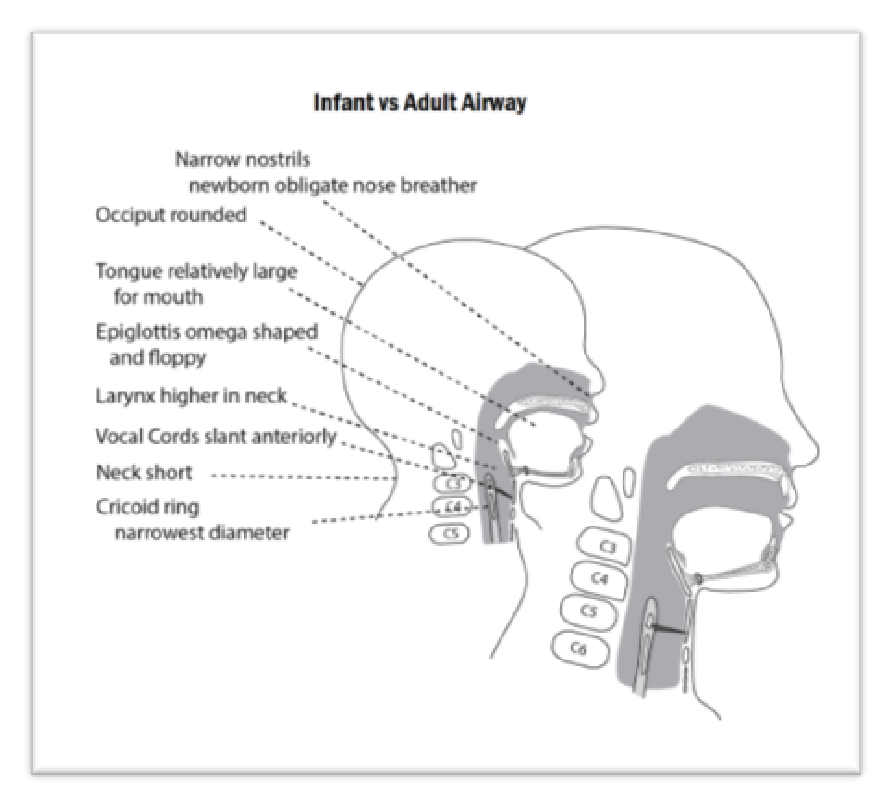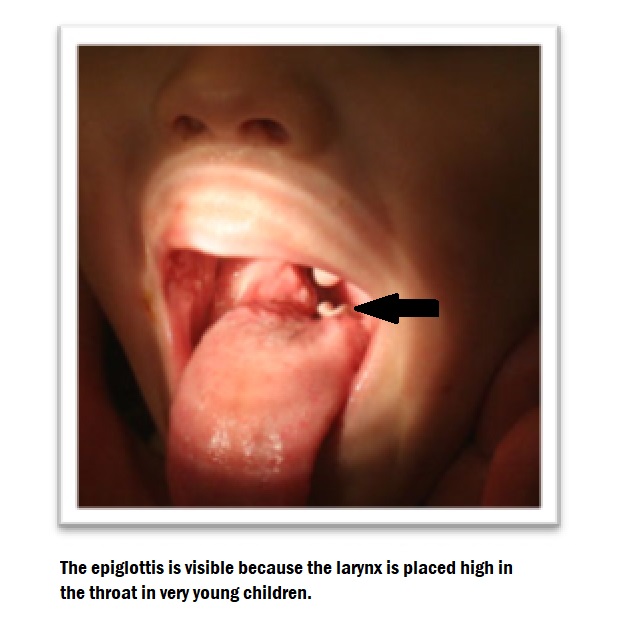article submitted by DevelopingVoices.blog Author Jamea Sale. JSale@FestivalSingers.org
The voice of the very young child (from birth to 5 years) is not like the voice of an older child or an adult, yet little ones enjoy singing and should be encouraged to sing. It’s not unheard of to observe little ones uttering repetitive songs with pitch accuracy, using babble syllables as early as the age of ten months. These children have likely been sung to and/or have heard singing frequently during the pre-birth and early infant years. Naturally, the physiological characteristics of the young child’s vocal apparatus will place constraints singing voice of the very young child:
• The infant vocal apparatus is small and funnel-shaped whereas the adult larynx is cylindrical and relatively heavy.

• The epiglottis (protective flap for that covers the windpipe as part of the swallow function) is omega-shaped rather than leaf-shaped and the cartilages of the infant larynx are soft.

The muscles needed for vocalization and the respiratory system are not completely formed for young children. In fact, the vocal ligament or elastic tissue inside of the vocal fold, is lacking at birth and only begins to develop between the ages of 1 and 4 years. [1]
• Vocal fold length in newborn infants measure a scant .24 – .31 inches!

• Very young children produce high and low sounds primarily by raising and lowering the larynx which is placed high in the vocal tract at birth. The cry of a newborn infant is pitched around B4 (500hz). Average vocal pitch remains the same for males and females until around age 7 when it settles at around D#4 (286hz) until the extraordinary vocal morph experienced in puberty.
• The laryngeal structure starts a gradual descent to around the 4th or 5th vertebrae by early adolescence. It grows quickly from birth to 3 years of age, and it continues a slower growth process through puberty.
“During the early years of life, the muscles and ligaments of the human vocal apparatus begin to develop, and vocal habits learned by children during this time help shape the vocal muscles that directly affect how the child uses the voice for speech and singing throughout life.” Valerie Trolinger (2003)
With all these differences it’s important to understand that these are formative years for the child voice, and it is not be handled like an adult voice. Healthy singing and lifetime singing means allowing the voice of the very young child to function and sound like a child.
[1] Vocal ligament binds the muscles together that cause registration events for singing. McKinney.
REFERENCES:
Foster, J., Dawson, J., Davis, P., & Dahlen, H. (2017). Airway suctioning for newborn infants at birth. Cochrane Database of Systematic Reviews: Plain Language Summaries. Issue 4. Art. No.: CD010332.
Kwong, K. (2015). Current updates on choanal atresia: Literature review. Frontiers in Pediatrics 3:52 (pp. 1-7).
McKinney, J. (2005). The Diagnosis and Correction of Vocal Faults: A Manual for Teachers of Singing and for Choir Directors. Waveland Press.
Sataloff, R. T., Spiegel, J., & Rosen, D. C. (1998). The effects of age on the voice. In R. Sataloff (Ed.), Vocal health and pedagogy (pp. 123-133). San Diego, CA: Singular Publishing.
Thurman, L, Grambsch, E. (2002) Foundations for human self-expression during prenate, infant, and early childhood development. Bodymind & Voice, Vol. 3. VoiceCare Network, Collegeville, MN.
Trollinger, V. (2003). Relationships between Pitch-Matching Accuracy, Speech Fundamental Frequency, Speech Range, Age, and Gender in American English-Speaking Preschool Children. Journal of Research in Music Education, 51(1), pp. 78-94.


Leave a Reply
You must be logged in to post a comment.